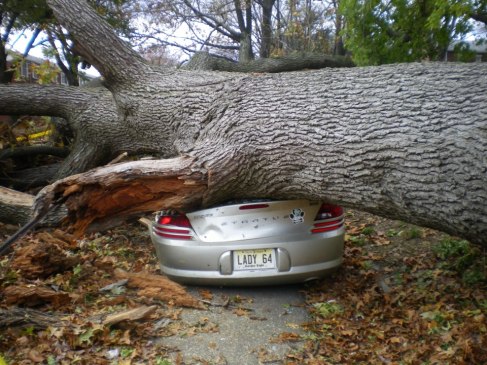This post is brought to you by the letters R and L as part of Robin Renee’s BLOG MARCH 2017, a fantastic voyage for all six senses!
As a teacher of literature to undergraduate students, I face difficult conversations about the history of American eugenics, the onset of catastrophic climate change, and the effects of Jar Jar Binks on the Star Wars franchise. Against the wisdom of my elders, who characterize Millennials as melting snowflakes, I must report that my students are tough, determined, and not easily fooled. [irony]I am sure this will be a popular view.[/irony] Admittedly, these are broad strokes about the American middle class, such as it is these days, but there is a problem, and it isn’t over-sensitivity. What hounds my students, I find, is the madness of being stuck in someone else’s story. Afflicted with a Hunger Games job market, they are told that they are lazy. Witness to the racial, sexual, and economic violence of our times, they are told to stop complaining. They are so easily triggered, submerged by rent and the rising tide. I share their confusion at such smug narratives. A generation earlier, I graduated into a recession, only to be told it was my fault I was a temporary worker with a college degree. The Matrix of America taught me to confuse structural and personal problems too. The experiments in student debt, the new Jim Crow, and endless war were conducted on Gen X before M, and therein lies some good news, if we choose to make it so. The Millennials are not alone: they have cranky older friends who aren’t high on our own supply. We assure them they are not crazy or blind, not exaggerating the anxious twitch under their tattoos. The gifts that X offers are signified by a band we share, Green Day, and drawn from their prescient album American Idiot. Those gifts are rage and love.
“I’m the son of rage and love” sang Billie Joe Armstrong in “Jesus of Suburbia.” This is a moment of repentance for me: in the snobbery borne of Dead Kennedys and New Wave, I was not sure Green Day was really punk until this album. But there in the heart of the Iraq War came a melodic yet righteous protest that I am happy to share with my Millennial friends: rage at the state of the world and a burning love for it. If the art of X has succeeded in shaping any new story, it is the persistence of Scooby-Gangs in the name of justice (thank you, Buffy). The latest Guardians of the Galaxy is nothing if not a declaration of solidarity among funky friends in the face of murderous patriarchs. That’s a story we can use these days, one that evolves. One change, as X ages, is the younger allies that rise in the plot. Among my students, I pose as the grumpy old Logan in the film of the same name, no longer healing the way I used to, but still with the adamantium claws. After all the harrumphing about corporate villains and mercenaries, Logan admits that he cares about X-23, the deadly daughter he never planned for. “Does she remind you of anyone?” asks Patrick Stewart. You don’t need to be a telepath to get the point. Logan’s anger, his will to fight, was always an urge to give new mutants a chance. X-Men comics are never about defense alone, but the creation of refuge that allows children to grow into citizens. This too is a kind of love–not romantic or parental, but republican, the foundation of the res publica, the commonwealth.
So it falls to us to tell another tale beyond the tropes of generational failure. “The bible of none of the above,” dear Green Day, is not a blank book: we are writing it. To our Millennial friends, let us say: today is a good day to struggle with love, to make a better republic and to save the world a lot. We are on our way. We’re with you now.
Like la lutte, the Blog March continues: Check out Jessica Walsh tomorrow at A Wellness Journey to My Better Self and a Simpler Life!




